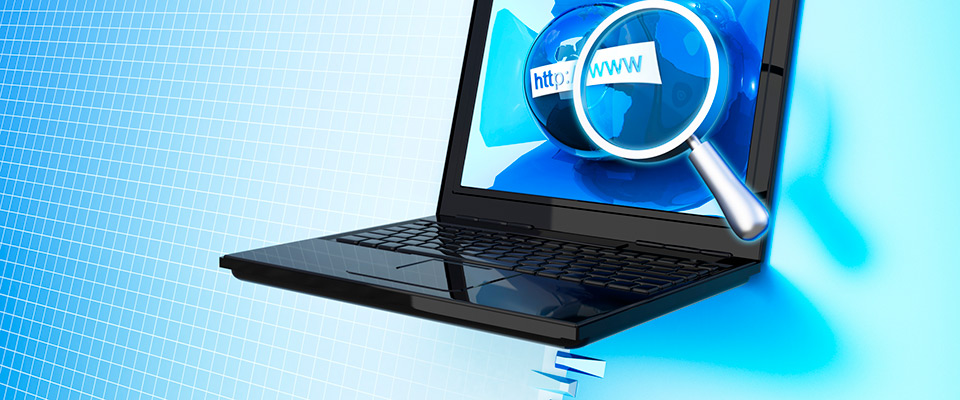Are all browsers the same?
To some, this is a question with a simple answer. To others, it’s as though it were written in a different language. To draw a comparison, mechanics run into this type of problem all the time. Somebody will bring in their car for maintenance or repairs, the mechanic will ask them, “What’s the make and model of your vehicle?” and the customer won’t be able to answer. The mechanic will wonder how somebody can spend hours, each and every day, in their car without knowing how to identify it.
The same can be said about web browsers. In fact, a recent Google study showed that people spend considerably more time on the web than they do in their cars. It would stand to reason that they would know the “make and model” of their browser, but, alas, it’s just not the case.
Well, after reading this article, you should have a basic understanding of what a web browser is and why there are different ones. In the next edition, we will follow-up with the pros and cons of different browsers out there (much like shopping for a car).
Why do I need a web browser?
Imagine you are looking at a report that is in a language you’ve never seen before and, although you don’t know it, it describes a house. It describes the structure of the house, what it’s made of, the sky behind it, and all the rooms in the house. As you flip the pages, the content of each room is described; this one has a couch and TV, that one’s a kitchen, this one’s the basement. A web page is much like that report. It is written in a coding language that you would not understand at first glance. The code describes how the web page is built, the placement of objects on the page, the colour scheme, the background. And there is more than one page on this website. The website has multiple pages, just as a house has multiple rooms, and in each web page there is different content.
A web browser looks at the report through a pair of magical glasses. These glasses have read the report that you can’t understand and now, instead of seeing an incomprehensible language in front of you, you actually see the house, just as it was described in the document! Your web browser takes the code of a website, reads it, understands it, and displays it back to you in a way that you can understand.
So if that’s the case, why are there different browsers? Wouldn’t they all do the same thing? They all read the language of the website and convert it into a visual representation that I can understand, right?”. Well, yes, this is entirely true. However, just like language, website code has evolved over time.
Let’s say, for instance, that you have a pair of these magical glasses that were actually made 100 years ago. Well, English was still English 100 years ago, but, anybody can tell you, there are many nuances in the language itself that have changed. So the glasses you’re wearing are going to understand a great deal of the code, but at some point, they won’t be able to understand certain words. Again, this is the case with Web Browsers. As the language to develop websites evolves, the people who develop web browsers have to make sure that they include all the new words and sayings in their product. There are also different interpretations of the website language. This is the reason why certain websites display differently in certain browsers.
Now that we have that huge comparison out of the way, I’m going to show you the 4 most popular browsers. Pick the one with the icon that matches the one you click to start surfing the web, and, next article, we’ll go over the pros and cons of each one.

